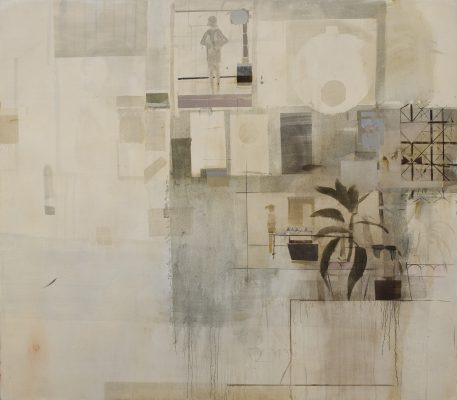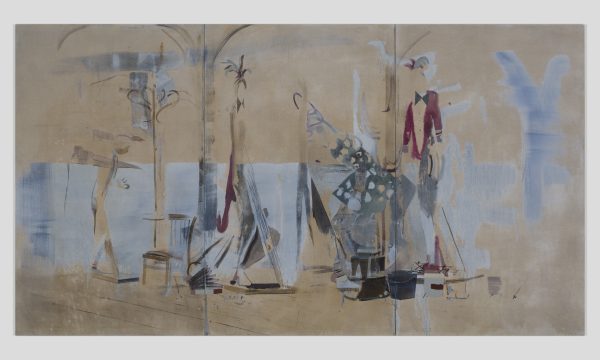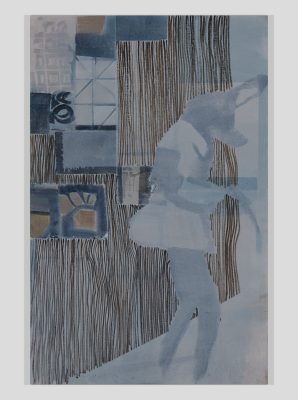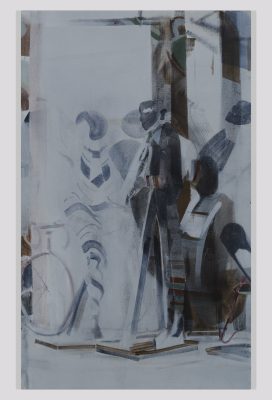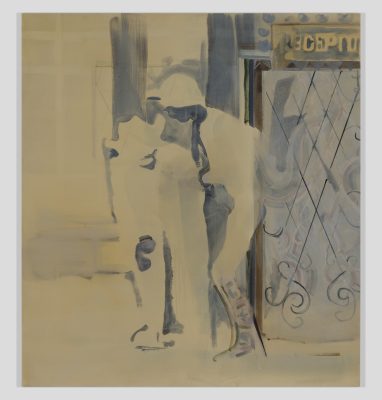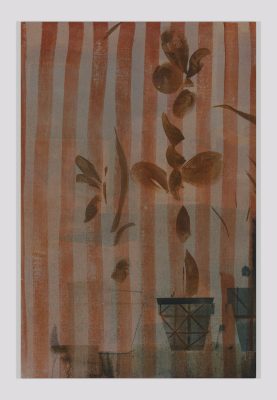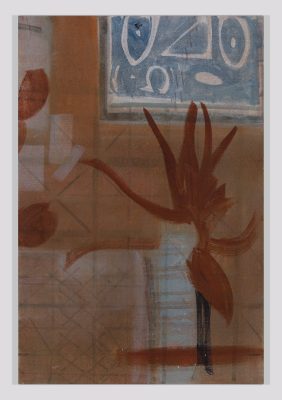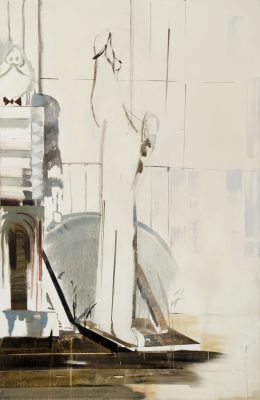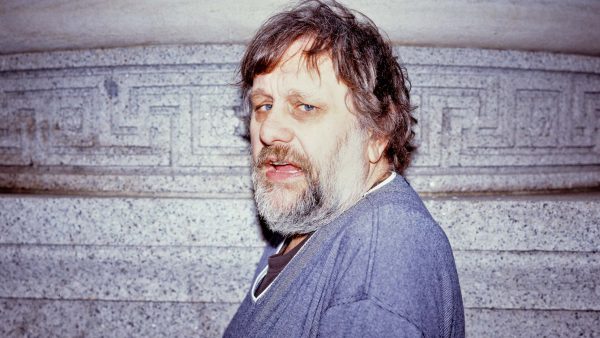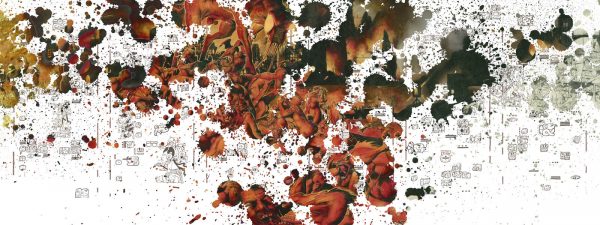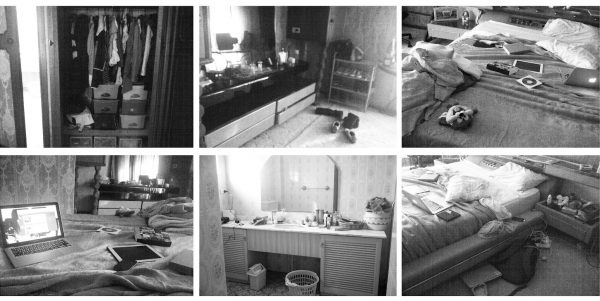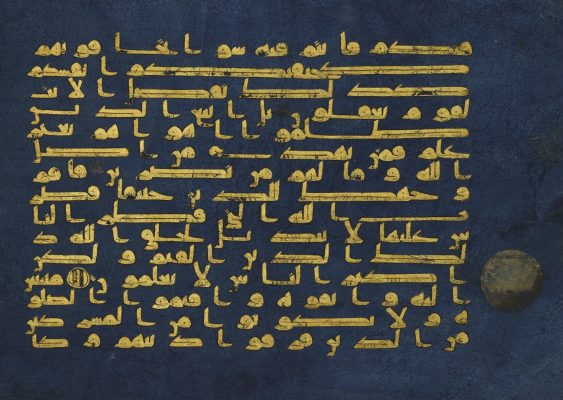Nick Goss has emerged in recent years as one of the UK’s most feted young painters. Evoking indistinct places and liminal states of mind, his works are characterised by muted colours and washed layers of tone. Figures and architectural fragments flicker evanescently throughout his compositions, at once coaxing and resisting associative interpretations. In October 2013 he is exhibiting ten new paintings at Simon Preston Gallery in New York. These expansive works bear witness to a long-term fascination with space both as a physical and psychological phenomenon. Growing out of an eclectic array of literary and artistic inspirations, they dramatise the workings of time, memory and imagination upon our perception of everyday settings and situations.
Goss’s paintings attest the vitality and potency of their medium at a time when it continues to attract critical and curatorial opprobrium. They indeed articulate many of the same concerns as more voguish digital or found-object media, namely the interface of virtual and material realms, and the shifting dynamic between ‘real-life’ forms and their pictographic surrogates. Many of his paintings draw obliquely upon computerised processes (for example, rapid miniaturisation and enlargement of images) and upon the abundance of imagery available online. Goss graduated from the RA Schools in 2009. In addition to acclaimed solo exhibitions at Josh Lilley Gallery in London (most recently Tin Drum, 2012), he has appeared in group exhibitions including Newspeak: British Art Now at the Saatchi Gallery, 2010. I visited him in his Bermondsey studio, where he was completing his latest paintings.
